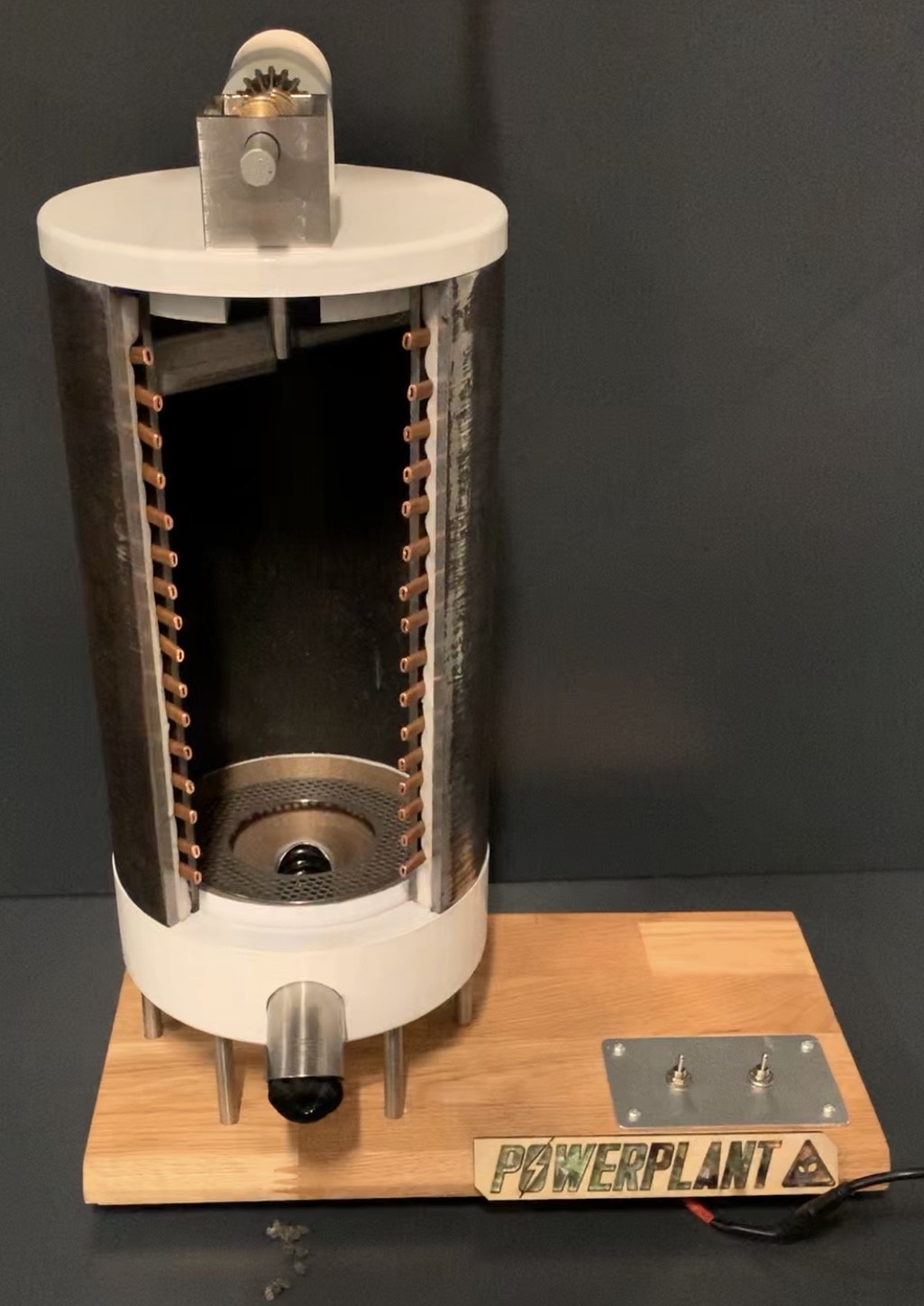The heating of greenhouses in Denmark requires a lot of energy—especially during the cold winter months. This has led five students to develop a compost mill that could reduce 5-8 per cent of horticultural CO2 emissions.
Currently, fossil fuels are used to ensure that tomatoes, cucumbers, and potted plants are grown at the right temperature, but the students' compost mills can change this in future.
Greenhouse biowaste takes the form of shoots and branches that are cut off—or the part of production that cannot be sold due to inferior quality. Garden centres sell this biowaste to cattle farmers, among others, but they would like to be able to exploit the waste themselves.
"When we discovered that heating the greenhouses accounts for about 40 per cent of horticultural spending, we thought it made obvious sense to use the residual waste for heating. This also allows us to significantly reduce the climate footprint of production," says Daniel Helmuth Meile, one of the five DTU students behind the new compost mill.
The compost mill is a large tank with an engine powered by electricity from renewable energy sources. Biowaste is pulverized at the top. At the bottom, oxygen is added to ensure that the composting process is initiated. Here, the finished compost can also be removed for use in the horticultural centre.
"The heat from the process is captured in a copper hose. At the same time, there is the possibility to 'tap' the biogas created by the composting. It can be used directly in the gas burners already installed in many nurseries," says Carl Gustav Sander Kruse—another of the students involved in the project.
The students have calculated that the heating costs of an average Danish garden centre can be reduced by 5-8 per cent by acquiring one or more compost mills. In addition, CO2 emissions will be at least four per cent lower than the current heating system.
"This means that the investment in a compost mill can be recuperated within 5-7 years. It is a reasonable payback time according to the garden centres we have been in contact with during the project," says Carl Gustav Sander Kruse. The compost mill has been submitted as a project in the course 'Konstruktion og problemløsning' (Construction and problem solving) which the five students have taken on the third semester of their BSc in Mechanical Engineering.
Model of the compost mill







